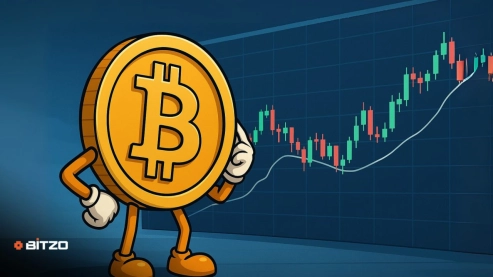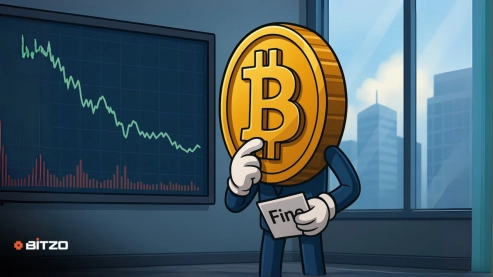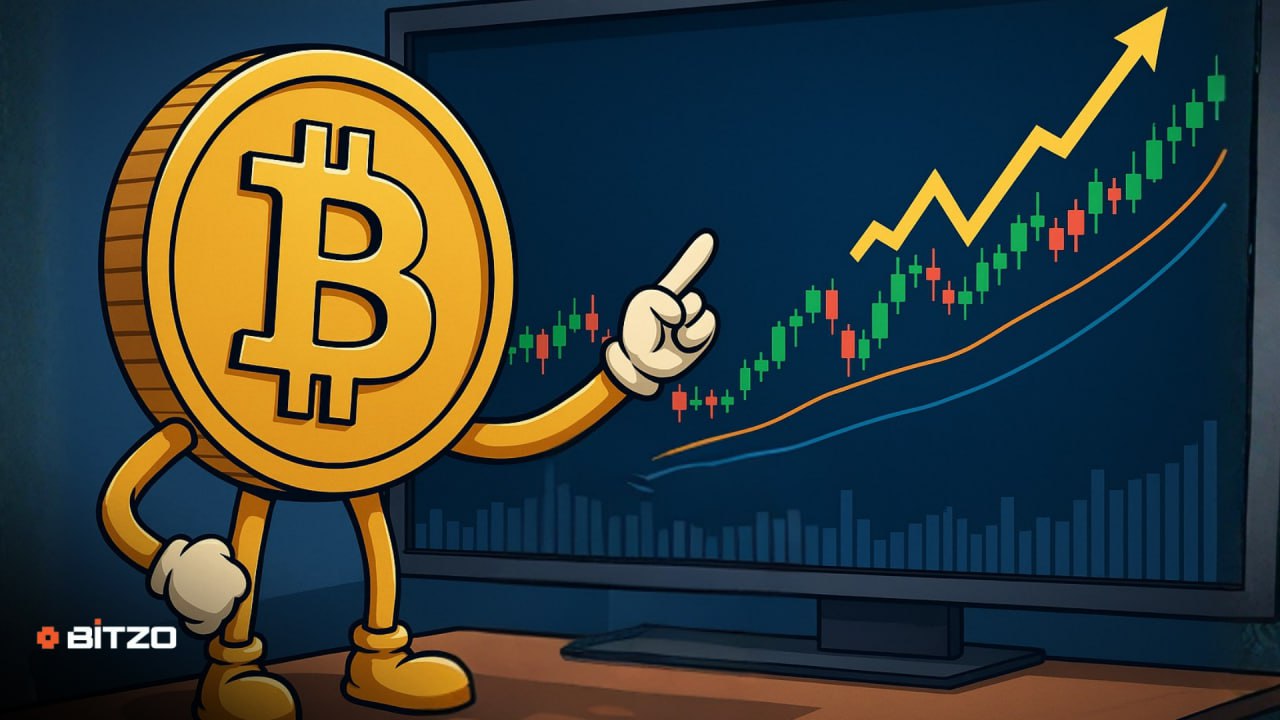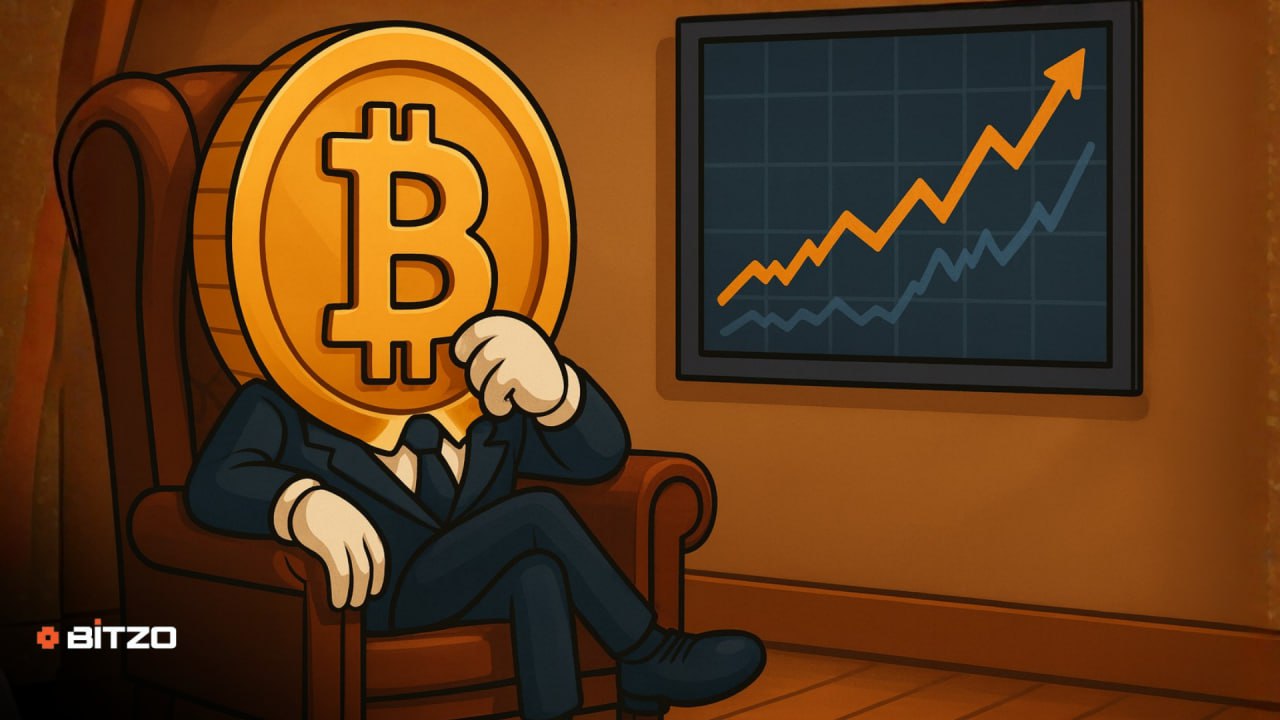Five Countries in Eastern Europe Together Account for Over 94% of Crypto-Native Media Traffic
The latest Outset PR Q2 2025 report delivers a clear but double-edged message for crypto marketers: Russia, Poland, Hungary, the Czech Republic, and Slovakia collectively control over 94% of all crypto-native media traffic in Eastern Europe. For strategists, this is both a bottleneck and a shortcut – a region where the map to reach is unusually clear, but the gates are heavily guarded.
Fact-check note: Russia leads with 42.89% of traffic, followed by Poland at 38.76%. Hungary, Czechia, and Slovakia together add 12.57%, while Ukraine (2.65%) and Bulgaria (2.17%) capture most of the remaining share, leaving only a sliver for smaller markets.
Source: Outset PR Q2 2025 report, based on SimilarWeb data
On one hand, so much visibility sitting in a handful of geographies means editorial access is a high-stakes game; just a few outlets can make or break regional reach. On the other, the market offers rare clarity: land coverage in these five countries, especially in their dominant publications, and you can effectively speak to almost the entire Eastern European crypto audience.
In Q1 2025, the Latin America report showed 73% of outlets losing traffic amid increasing media centralization, while the Western Europe analysis revealed 82% of crypto-native media in decline under MiCA-era conditions, even as generalist sites there stayed comparatively resilient.
Eastern Europe stands out for a different reason: Q2 data shows crypto-native and generalist outlets here both sliding in tandem for the first time, hinting at a shared set of pressures beyond just regulation or market fragmentation.
A Region Where Scale Lives in Few Hands
Within those “Big Five” markets, power is even more tightly held. Three top-tier outlets accounted for 41.98% of all crypto-native visits. Add the 14 tier-2 outlets, and 80.71% of total traffic is locked into just 17 sites.
In comparison, Outset PR’s earlier reporting showed Western Europe’s top 13 outlets in Q1 2025 held 78.26% of traffic, and LATAM’s top six held 69.13%. That makes Eastern Europe’s crypto media market the most concentrated of all three regions studied so far.
Source: Outset PR Q2 2025 report, based on SimilarWeb data
In more dispersed ecosystems, like Latin America, Outset PR found brands must spread resources thin across many countries and local outlets just to build baseline reach. Eastern Europe flips the problem: reach is easy to map, but access is the real challenge.
Breaking into these dominant publications requires tailored content, strong local relationships, and adherence to each country’s regulatory environment. If you don’t fit an outlet’s editorial priorities, the missed opportunity is not just one site – it’s a huge chunk of the region.
Signs of Vulnerability: 63% of Outlets Lost Traffic
Despite the market’s dominance by a few players, Outset PR’s Q2 data shows that even the leaders aren’t immune to disruption: 63.1% of crypto-native outlets saw traffic declines, with total visits falling 18.3% from April (7.72M) to June (6.30M).
Several factors drove this drop:
-
Search algorithm updates hit visibility, especially in Hungary where outlets suspect MiCA and ESMA compliance signals played a role in Google Discover losses.
-
Generative AI discovery tools like ChatGPT, Perplexity, and Copilot began reshaping referral flows. For crypto-native sites, AI referrals totaled 0.65% of traffic across 20.6% of outlets. For generalist media, 41.8% of outlets reported GenAI referrals, totaling 0.06% of their far larger base.
-
Regulatory pressures – from Russia’s crypto advertising bans to Poland’s KNF oversight – shaped what could be published and promoted.
Why Concentration Makes Adaptation Easier
In a fragmented market, strategy pivots require recalibration across dozens of outlets. Here, the same concentration that limits access also makes adjustments more efficient. Fine-tune your messaging for the “Big Five” markets and their top tiers, and you can offset much of the quarterly volatility.
This includes:
-
Adapting for AI-driven discovery by structuring content for better parsing and citation in language models.
-
Doubling down on direct loyalty loops, since direct visits remain the top source for crypto-native outlets at 45.20%.
-
Preserving organic search strength (42.47% of visits) while anticipating lower speculative traffic as AI summaries grow.
Generalist Media: Same Pattern, Bigger Scale
The concentration story isn’t limited to crypto-native publishers. Eastern Europe’s generalist outlets, which collectively pulled 894.48M visits in Q2 2025 (45 times the volume of crypto-native media), also focus heavily on Russia and Poland – 75% of traffic landed in these two markets.
Source: Outset PR Q2 2025 report, based on SimilarWeb data
Other countries like Romania and Belarus each contributed just over 5.5%, signaling their relevance despite fewer outlets, while smaller markets like Ukraine (4.73%) and Slovakia (4.67%) showed modest but significant contributions.
Similar to crypto-native media, generalist outlets faced traffic losses, with over 60% of them seeing declines in Q2. However, Outset PR notes that generalist media benefit from more established referral networks. 15.66% of their visits came from referrals (compared to just 6.57% for crypto-native sites), boosted by aggregator platforms that syndicate content across the region.
AI’s Growing but Uneven Role
While AI referrals remain a small share, they’re growing fast. For generalist media, AI platforms drove 0.06% of traffic and appeared in 41.8% of outlets – double the adoption rate of crypto-native publishers.
Surveyed editors in Outset PR’s research described AI referrals as “erratic and unreliable” but acknowledged spikes when articles are linked in tools like ChatGPT or You.com. The bigger concern: declining click-throughs from speculative search queries as users get “answer-first” results without visiting the source.
Regulation as a Variable, Not a Constant
Compliance pressures add another layer of complexity. In Russia, new laws have legalized mining but maintained bans on crypto advertising. In Ukraine, no new legislation passed in 2025, but internal editorial standards remain strong. Poland and Romania emphasize alignment with the EU's MiCA and local consumer protection authorities.
Following the rules doesn’t always guarantee discoverability. As one Hungarian publisher told Outset PR: “You follow the rules and still lose ranking, but you can’t risk being flagged either.”
Looking Ahead
For now, Eastern Europe’s crypto-native market is a study in extreme concentration. That makes it a planner’s dream-and a competitor’s gauntlet. The next quarters will test whether this balance shifts.
If AI discovery gains traction in smaller markets, the share could diversify. If one of the “Big Five” faces a major regulatory or algorithmic setback, another country could rise.
For crypto brands, Outset PR’s playbook is straightforward:
-
Secure presence in Russia and Poland, then expand to Hungary, Czechia, and Slovakia,
-
Target tier-1 and tier-2 outlets first to capture scale,
-
Monitor AI referral patterns – what’s marginal today could be a traffic lifeline tomorrow.
Eastern Europe’s crypto media landscape may be concentrated, but in a market where a few gates control nearly the entire audience, knowing which doors to knock on – and how to get them open – is the key to winning the region.
Disclaimer: This article is provided for informational purposes only. It is not offered or intended to be used as legal, tax, investment, financial, or other advice.
Investment Disclaimer

















